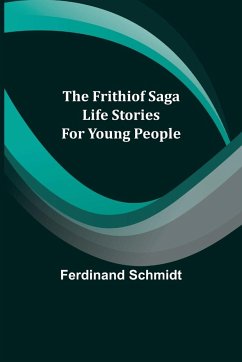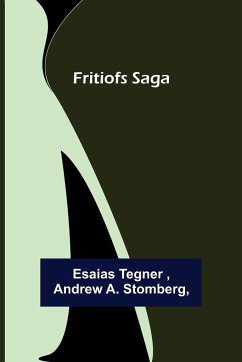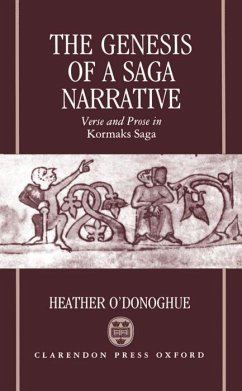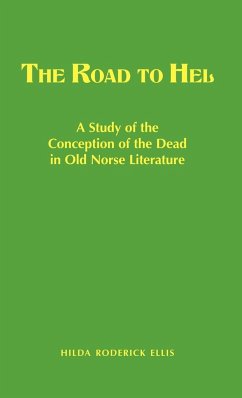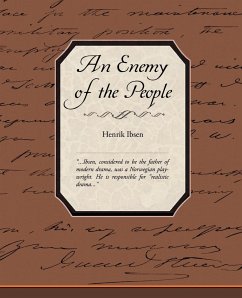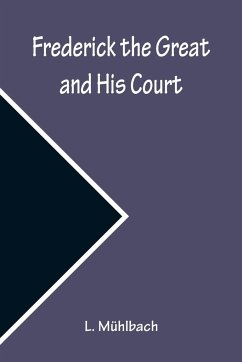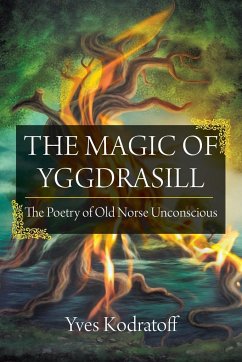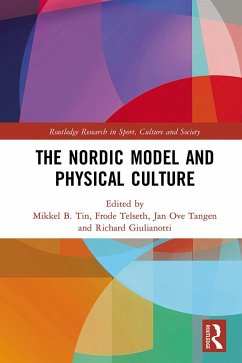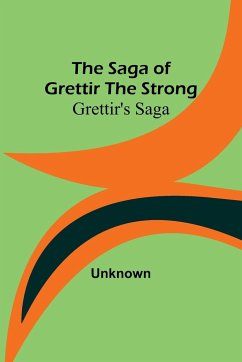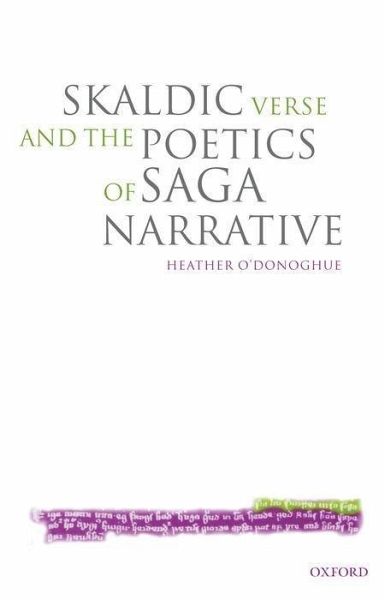
Skaldic Verse and the Poetics of Saga Narrative
Versandkostenfrei!
Versandfertig in 1-2 Wochen
179,99 €
inkl. MwSt.

PAYBACK Punkte
90 °P sammeln!
This study, which focuses on historical writings such as Agrip and Heimskringla, and three of the major family sagas, "Eyrbyggja" saga, "Gisla" saga and "Grettis" saga, shows that a close reading of the prosimetrum in the narrative can be used to chart the complex and delicate boundaries between history and fiction in the sagas. When skaldic stanzas are presented as the dialogue of saga characters, the characteristic naturalism of these narratives is breached. But some saga authors, as this book shows, extend still further the expressiveness of saga narrative, presenting skaldic stanzas as the soliloquies of saga characters. This technique enables the direct articulation of emotion, and hence dramatic focalization of the narrative and the creation of psychological climaxes. As an epilogue, Heather O'Donoghue considers the absence of such effects in Hrafnkels saga-a highly literary narrative without verses.
Skaldic Verse and the Poetics of Saga Narrative is a detailed reading of a series of sophisticated medieval narratives, the Old Norse-Icelandic sagas. It shows how saga authors achieved a wide range of stylistic and psychological effects through the interplay of prose and verse: bringing history to life, presenting fiction as if it were history, and providing saga characters with dramatic dialogue and strange soliloquies.



